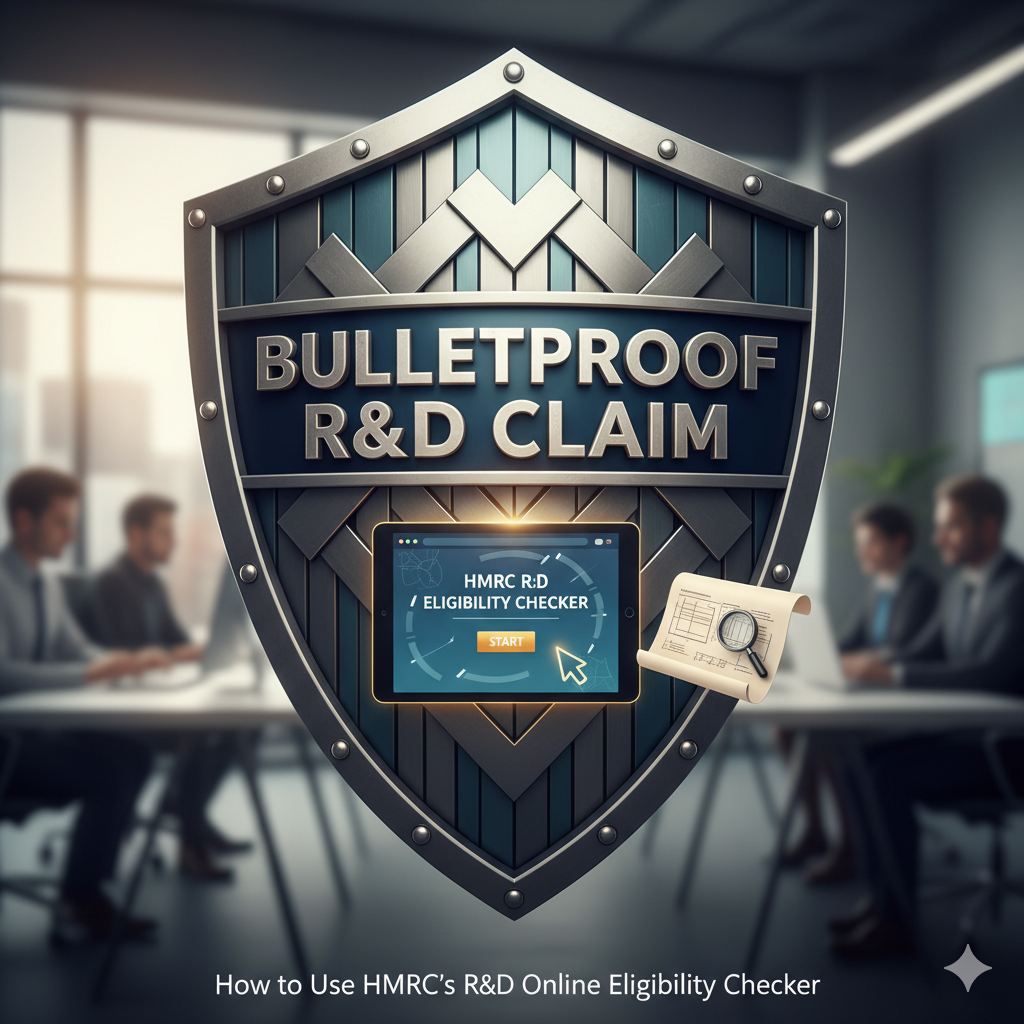The SEIS/EIS Cheat Sheet; Your Complete Founder Checklist

Written by:
Daniel Scott
Partner & Head of Accounting
The SEIS/EIS Cheat Sheet; Your Complete Founder Checklist (2025 Edition)
If you’ve followed this series from start to finish, you now know how SEIS and EIS can turn investor interest into real capital. But with generous reliefs come exacting rules, and it’s surprisingly easy to miss one small condition that sends you back to square one.
This final guide brings everything together into a single, practical reference for founders and advisors. It’s the list we use internally before every raise or compliance submission, designed to keep you HMRC-compliant and investor-ready.
Why the Details Matter
SEIS and EIS lower investor risk, but HMRC tests every condition before granting relief. The company must meet strict age, size, trading and funding limits; investors must hold qualifying “full-risk” shares; and the money must be used for genuine growth within two years.
Tick all the right boxes and you’ll glide through advance assurance and compliance. Miss one, and you could lose reliefs worth thousands.
The SEIS/EIS Founder Checklist
1 Company Eligibility
- Company under three years old (SEIS) or under seven years for EIS 10 for knowledge-intensive companies.
- Fewer than 25 full-time employees (SEIS) / 250 (EIS).
- Gross assets below £350 000 before SEIS issue / below £15 million before EIS.
- Qualifying trade only no excluded activities (property letting, financial services, energy generation etc.).
- If part of a group, the SEIS/EIS company must be the top parent, not controlled by another entity.
2 Investment Limits and Timing
- Raising no more than £250 000 (SEIS) and £5 million (EIS) in any 12-month period (EIS lifetime limit £12 million £20 million for KICs).
- SEIS shares must be issued before EIS shares, ideally on separate days, never simultaneously.
- You can file your SEIS compliance once you have either traded for four months or used at least 70 % of the funds.
- Funds must be used within two years for qualifying growth purposes, not to repay loans or buy existing businesses.
3 Advance Assurance Preparation
- A clear, credible business plan and financial forecast showing how the funds will be used.
- Evidence of genuine investor interest (even indicative emails).
- A summary of all State Aid or grants received within three years, specifying which were de minimis or MFA.
- Ordinary shares only, fully paid in cash, no redeemable or preference rights.
4 During the Raise
- Issue only new, full-risk ordinary shares (no guaranteed returns or redemption rights).
- Board minutes and subscription agreements dated and executed before SH01 filing.
- Share certificates issued promptly and Companies House updated (Form SH01).
- For combined SEIS/EIS rounds, keep tranches clearly separated and document each issue date.
5 After the Raise Compliance Statements
- File SEIS1/EIS1 after four months of trade
or after spending 70 % of funds; always within two years of the end of the tax year of issue.
- Attach share register and investor list.
- Explain the commercial purpose and use of funds.
- HMRC issues a reference and approval, then you can send SEIS3/EIS3 certificates to investors.
6 Ongoing Compliance (Three-Year Holding Period)
- Avoid disqualifying events. no repurchase of shares, no change of control, no loan repayments to investors.
- Maintain accurate records showing that funds were used as planned.
- Record and report any new grants or State Aid received during the period.
7 State Aid and Grant Interaction
- SEIS counts towards the €200 000 de minimis aid cap over a rolling three years (up to the investment date).
- MFA awards (£315 000 limit under UK Subsidy Control Act) do
not reduce SEIS headroom but should still be disclosed.
- Keep grant letters showing the aid basis (de minimis / MFA / notified).
8 Investor Relations and Record-Keeping
- Send investors periodic updates on fund usage and growth milestones.
- Store all HMRC letters, SEIS/EIS certificates and board minutes in one secure folder for future due diligence.
Why This Matters
Every successful raise balances ambition with compliance.
A clear audit trail; from investor communications to HMRC approvals, is what allows your next round to close faster.
At OnTheGo Accountants, we prepare founders for SEIS/EIS from the first investor conversation to the last compliance certificate, ensuring no technical condition undermines commercial momentum.
📩 For a fillable version of this questionnaire, email info@onthegoaccountants.co.uk.





